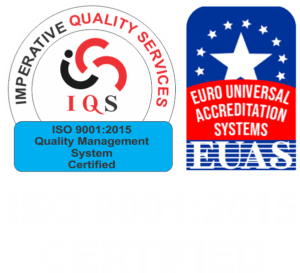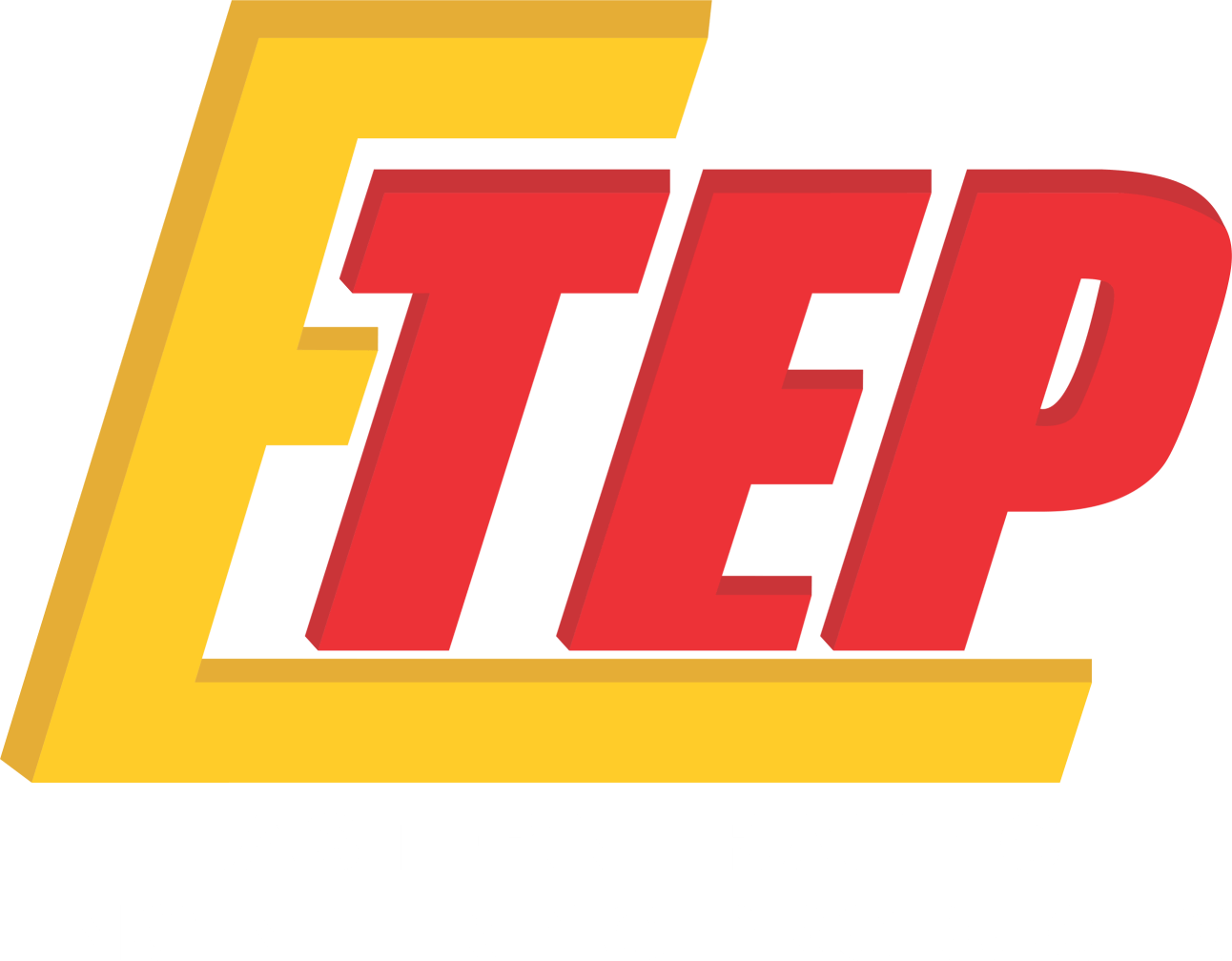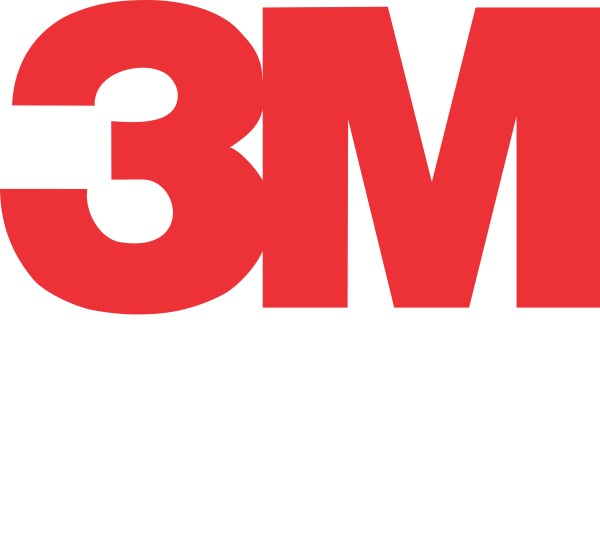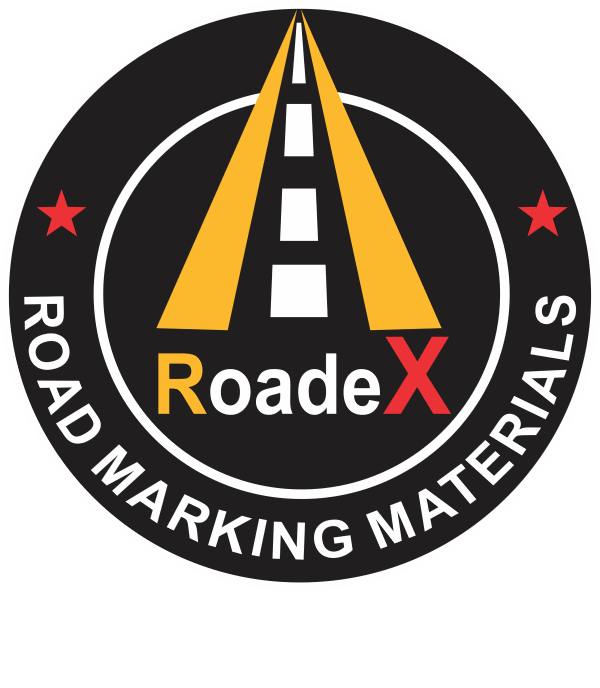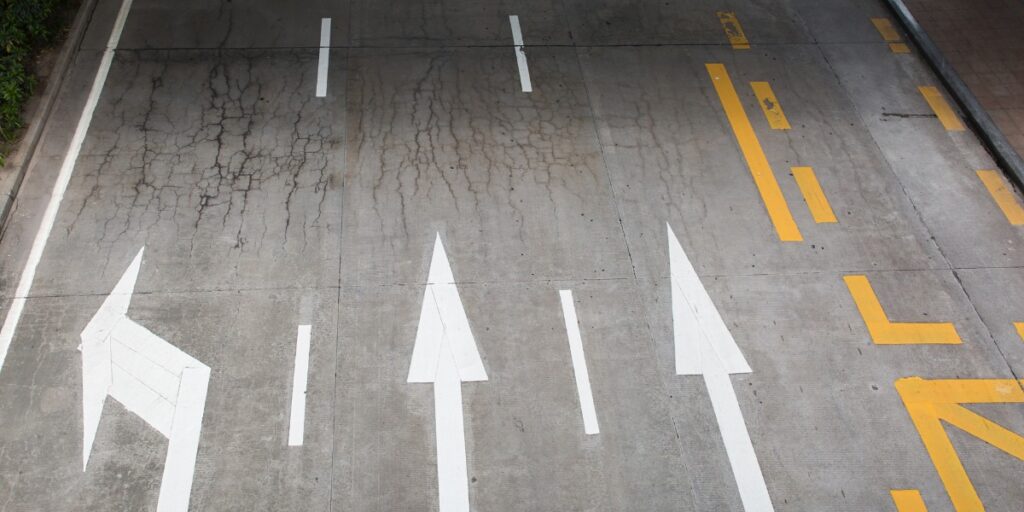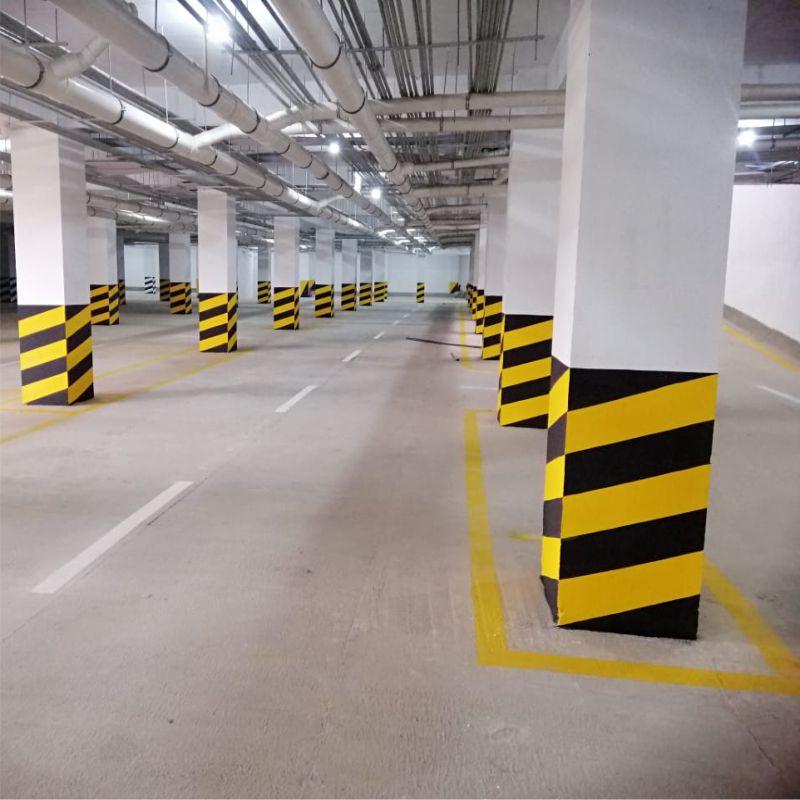Road markings are more than just paint on the pavement — they are silent guides that keep vehicles and pedestrians safe every day. Whether it’s a busy highway, a warehouse driveway, or a parking lot, properly maintained markings ensure smooth movement, clear navigation, and reduced risk of accidents. However, even the smallest road marking mistake can lead to confusion, unsafe conditions, and costly liabilities.
Table of Contents
ToggleCritical Road Marking Mistakes
In workplaces, industrial areas, and commercial parking spaces, road marking accuracy plays a vital role in compliance and safety. Yet, many facility managers overlook critical details during installation and maintenance. In this article, we’ll highlight five major road marking mistakes that compromise safety — and how Eastern Highway, a trusted leader in road safety solutions, can help fix them.
1. Using Low-Quality or Inappropriate Paint
One of the most common road marking mistakes is the use of substandard paint materials. While cheaper paints may seem like a cost-saving option initially, they often fade quickly, peel off, or lose reflectivity within months. This not only reduces visibility but also increases maintenance costs over time.
The Fix:
For long-lasting performance, invest in high-quality thermoplastic paints or anti-skid coatings. These materials are engineered for durability, weather resistance, and enhanced visibility. Thermoplastic markings, in particular, bond firmly with the road surface and can withstand heavy traffic, rain, and heat for years.
Eastern Highway provides premium-grade road marking paints that meet international standards — ensuring superior adhesion, reflectivity, and longevity for all road and industrial surfaces.
2. Ignoring Surface Preparation
Applying road markings on dirty, oily, or uneven surfaces drastically reduces adhesion and lifespan. Dust, oil residue, or moisture can prevent paint from bonding properly, causing it to chip or fade prematurely. This mistake often occurs during quick, unplanned installations without proper cleaning or priming.
The Fix:
Before applying any marking, thorough surface preparation is essential. This includes:
- Cleaning the surface to remove dirt, grease, and loose particles
- Ensuring it’s completely dry before application
- Using a primer on porous or concrete surfaces for stronger adhesion
Eastern Highway’s professional application teams always follow a strict surface preparation protocol, ensuring that every marking adheres perfectly and maintains visibility even under extreme conditions.
3. Incorrect Color or Line Width Usage

Colors and line widths are not arbitrary — they convey essential information for road users. Using the wrong color or width can cause confusion, misdirection, or even accidents. For example, mixing up white and yellow lines or failing to use contrast colors in parking lots can lead to poor visibility during low-light conditions.
The Fix:
Follow the National Highway Authority (NHA) and local road marking standards for color codes and line dimensions. White typically separates lanes moving in the same direction, while yellow divides opposing lanes or highlights no-parking zones.
Eastern Highway ensures complete compliance with local and international traffic marking standards, using precision equipment to maintain uniform width, spacing, and color consistency across all applications.
4. Skipping Reflectivity and Anti-Skid Features
Many organizations still overlook the importance of reflective beads and anti-skid elements in their markings. While bright colors improve daytime visibility, nighttime or wet conditions require reflective coatings to guide drivers safely. Similarly, non-slip textures are crucial in ramps, intersections, and industrial areas prone to oil or water spills.
The Fix:
Always incorporate glass beads in road marking paint for retro-reflectivity. This ensures that light from vehicle headlights reflects back to drivers, improving nighttime visibility. For high-risk areas like pedestrian crossings or factory floors, anti-skid paints add traction to prevent slips and skids.
Eastern Highway offers customized anti-skid and reflective marking solutions designed for safety-critical zones, enhancing both traction and visibility in all weather conditions.
5. Neglecting Regular Maintenance and Repainting
Even the best markings fade over time due to traffic wear, UV exposure, and environmental factors. Ignoring repainting schedules or inspections can turn once-safe areas into hazards. Faded lane lines or invisible pedestrian crossings can lead to confusion and accidents.
The Fix:
Set up a routine maintenance plan to inspect and refresh markings periodically. The frequency depends on traffic intensity and weather exposure, but a general guideline is every 12 to 18 months. Regular upkeep not only ensures compliance but also prevents small issues from escalating into costly repairs.
Eastern Highway provides scheduled maintenance programs and repainting services to ensure continuous safety and compliance. Their team uses advanced equipment to remove old paint and reapply fresh markings with precision and minimal downtime.
Why Professional Application Matters
While road marking may seem simple, achieving professional-grade results requires specialized equipment, materials, and expertise. DIY or low-cost applications often fail to deliver consistent coverage, durability, or safety compliance.
Eastern Highway’s team of trained professionals ensures every project — from highways to parking lots and industrial facilities — meets the highest safety and performance standards. Their services include:
- Thermoplastic road marking
- Anti-skid paint applications
- Reflective line painting
- Custom signage and road safety solutions
With years of experience and adherence to international guidelines, Eastern Highway ensures every marking enhances safety and longevity.
How Poor Markings Impact Safety and Compliance
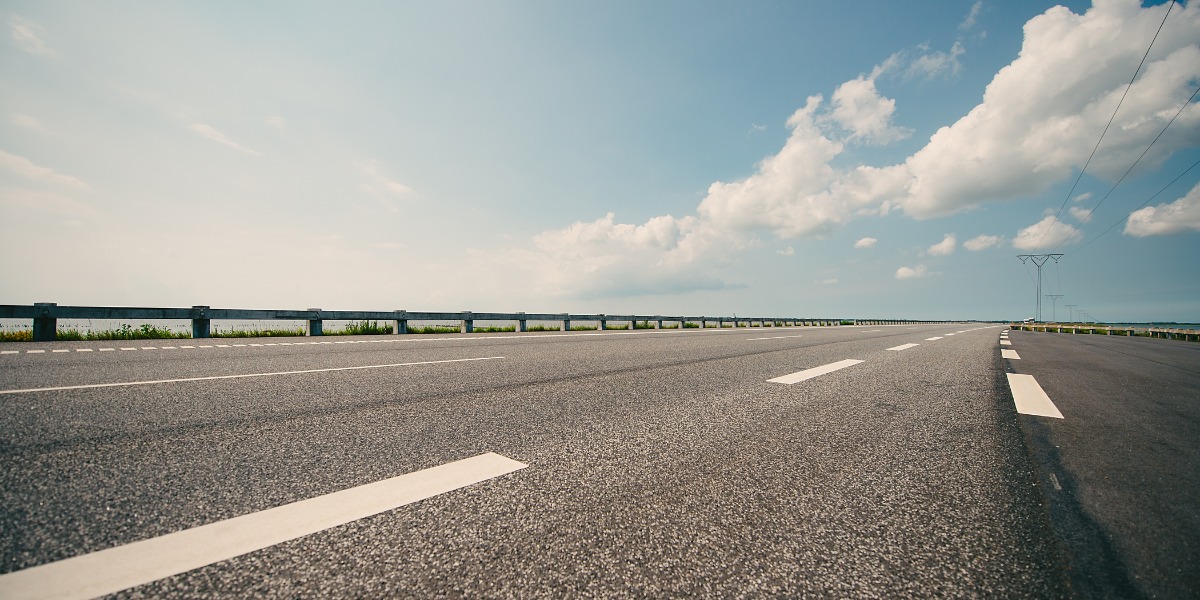
Neglecting proper road markings doesn’t just risk accidents — it can also lead to legal and financial consequences. For businesses, faded or non-compliant markings can result in workplace injuries, compensation claims, and fines from regulatory authorities.
In public road networks, unclear or missing lines can contribute to traffic congestion, collisions, and confusion among drivers. Well-maintained markings are, therefore, a legal necessity and a public responsibility.
By partnering with experts like Eastern Highway, you ensure your markings not only look professional but also meet all safety and compliance standards required by road authorities.
A Checklist for Perfect Road Markings
Before applying or redoing any marking project, use this quick checklist:
- Inspect the surface condition (clean, dry, and smooth).
- Select the right paint type (thermoplastic, epoxy, or anti-skid).
- Verify color codes and dimensions per road safety standards.
- Ensure reflective and anti-slip features are added.
- Schedule regular maintenance or repainting intervals.
Following these steps helps ensure markings that are safe, compliant, and long-lasting.
Conclusion
Small mistakes in road marking can lead to big safety risks. From choosing the wrong paint to neglecting reflectivity, each error reduces visibility and increases accident chances. With Eastern Highway’s expertise, you can eliminate these issues entirely.
Their high-performance road marking materials, combined with professional application and ongoing maintenance, guarantee superior results that meet safety standards and enhance road longevity. Whether it’s for highways, industrial floors, or parking areas, Eastern Highway is your trusted partner in road safety and durability.
Frequently Asked Questions
- What type of paint lasts longest for road markings?
Thermoplastic paint is the most durable option, offering years of performance under heavy traffic and harsh weather. - Can anti-skid paint be used on driveways or factory floors?
Yes. Anti-skid paints are perfect for any area where traction and slip resistance are needed, such as ramps, loading zones, and workshops. - How often should road markings be repainted?
Typically every 12 to 18 months, but high-traffic areas may need more frequent touch-ups to maintain visibility. - What makes reflective road markings safer at night?
Reflective glass beads embedded in the paint bounce light from vehicle headlights back toward drivers, improving night visibility.
5. Why should I hire professionals like Eastern Highway?
Professionals ensure accurate measurements, proper surface preparation, high-quality materials, and compliance with safety standards — guaranteeing durable and reliable results.

